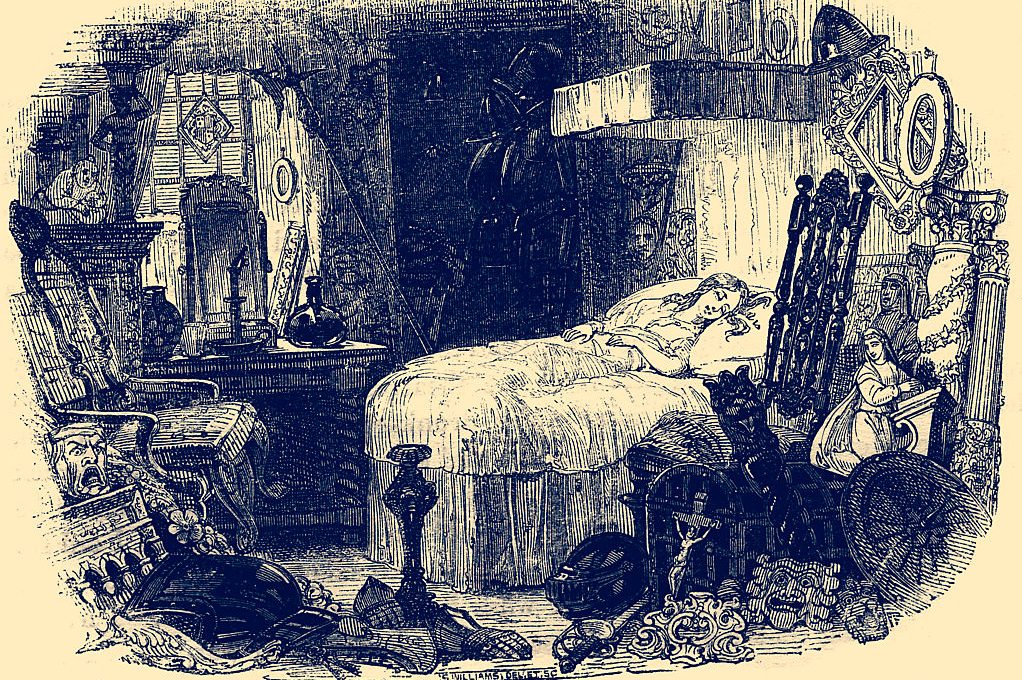The Möbius Book has been variously described as “a hybrid work that is both fiction and non-fiction” and a “memoir-cum-novel.” Catherine Lacey herself asserts that it is a work of non-fiction, but with a qualifying “however.” It comprises two narratives, first- and third-person, and is published to be flipped 180 degrees. Ali Smith’s How to be Both had a similar format, as did Mark Danielewski’s Only Revolutions. All three force the reader into making a choice and living with the consequences. This is not cosmetic, as The Möbius Book is about decisions and repercussions. Lacey writes in the aftermath of two break-ups: a romantic one with a man referred to as “the Reason,” and an earlier one with God.
There are very affecting passages about the minutiae of separation and the disorientation that accompanies it. Lacey discovers that “hope is visible in the objects in our homes;” and there is a touching bathos in finding in “a whole pound of ground cinnamon” a down payment on a canceled future. The religious and romantic losses parallel each other without being strained. Lacey archly dismisses the “spiritual,” while yearning for “something just beyond the material, something about love and trust, something about something we don’t have words for.”
The two narratives have echoes between them. “Let’s beat this for good,” the Reason demands of their yet-to-be-consummated relationship. “We’re going to beat this thing for good, Edie had said, though Marie could tell from the pride in Edie’s voice that she was repeating something the new guy had told her.” There is a significant teacup and a crowbar, “left behind by our home’s previous owner,” mirrored in the other narrative by “the teacup and the crowbar and the light just so.” But it would be a mistake to try to riddle out the connections. Lacey insists that fiction proves we can be “changed by people who never existed doing things that no one quite did.”
The möbius strip is invoked as having no beginning or end when Lacey discusses closures in life and work with a friend. But that’s incorrect. A circle has no beginning or end; a möbius strip is one-sided – a dangerous proposition when writing about relationships theological or amatory. This is a raw, honest book, and perhaps that knotty, camouflaging carapace is necessary when being so naked.

























